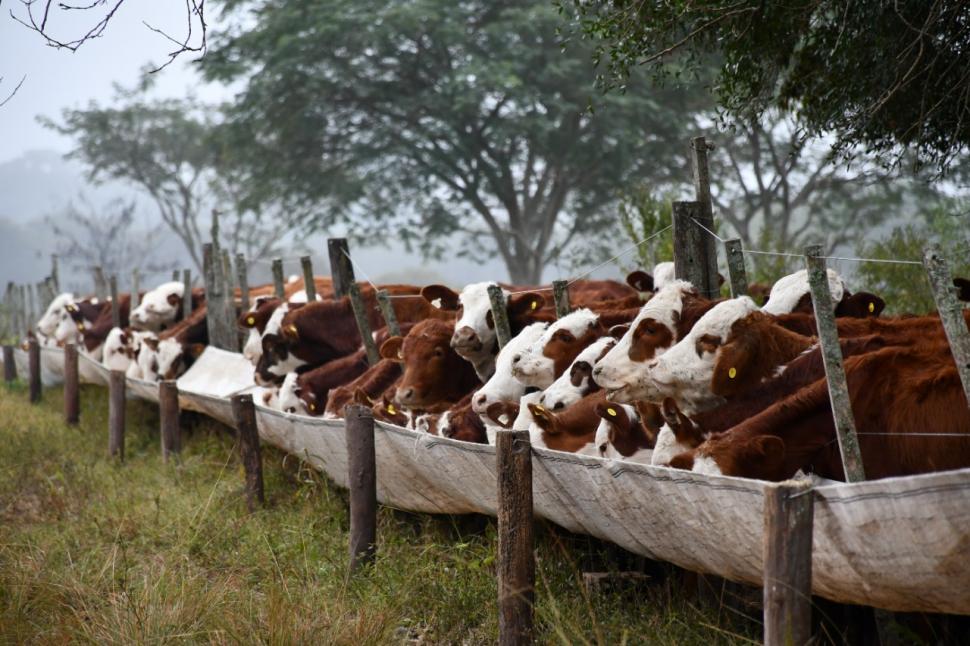Within the framework of the internal conference held in the town of Leales by the National Institute of Agricultural Technology (INTA), one of the shared lines of research was the analysis of the impact generated by livestock farming on the environment.
The research work, which lasted for four years, evaluated the different carbon compartments in pastoral systems in different management strategies, particularly in the Dry Chaco.
“As a result of this experience, we observed that in the time scale in which they were evaluated, all these pastoral systems presented a positive carbon balance. In average terms, we are basically talking about the carbon balance of one ton per hectare per year in each of the systems, considering the animal and the management strategy, fundamental components to be able to make these evaluations,” he explained. Natalia Banegasa scientist at the Animal Research Institute of the Semiarid Chaco (Iiacs), an entity that depends on INTA.
He added that when research refers to the carbon balance in terrestrial ecosystems, there are multiple factors that allow these systems to act as carbon sinks or emitters. “Now, when we talk about agroecosystems such as pastoral, livestock, agricultural or forestry, there is an additional factor, which is management. The management strategy is essential to see how these systems behave over time. It is a determining factor, not only in the productivity of the system or as productivity itself -basically seeing it as a food supplier-, but also to see how the system behaves with the environment”, continued Banegas.
various scenarios
He specified that the management systems they evaluated were systems that had grazing or not to be able to see the animal component, that also had or not fertilization, to see the effect of this. “How these effects acted on those compartments was evaluated, so we had treatments that were grazed unfertilized, grazed fertilized, ungrazed fertilized and ungrazed unfertilized,” the researcher listed.
In this site-level evaluation, it was indicated that the fertilized grazing system caused a high nutrient input, a high cycling rate, a more positive carbon balance and the one that stored the greatest amount of carbon.
–


